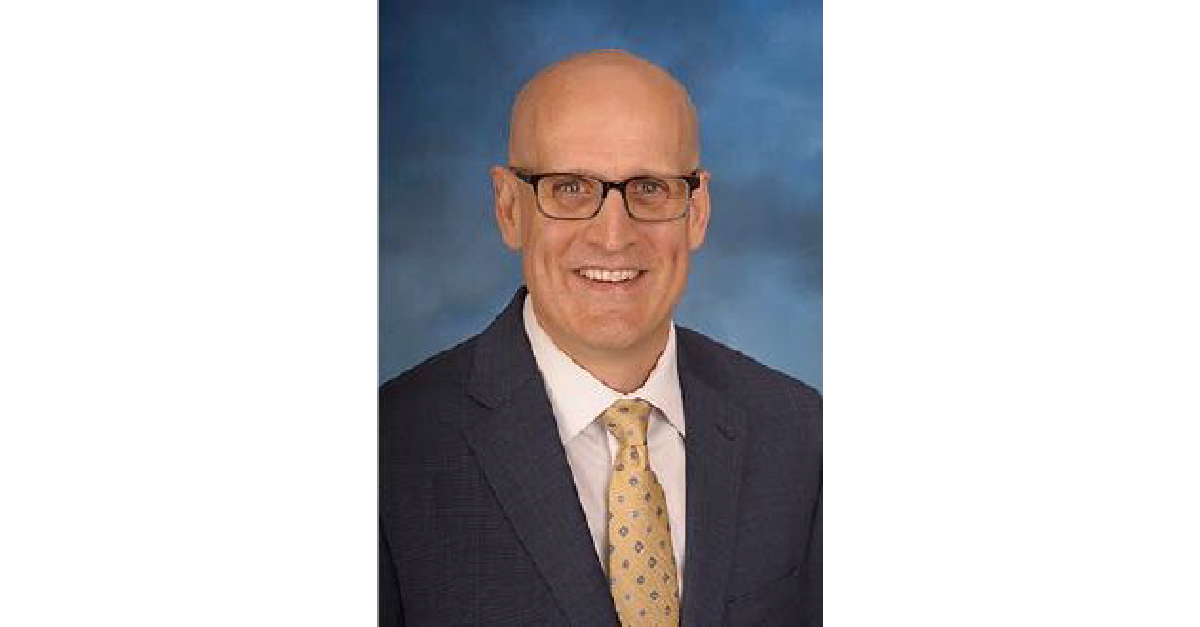
This is the fourth and final installment in my President’s Message series highlighting the CAS Strategic Plan. “Building Capabilities at CAS” is foundational to fulfilling our Envisioned Future, which, as a reminder, is:
CAS members are sought after globally for their insights and ability to apply analytics to solve insurance and risk management problems.
This Envisioned Future is bold, and to achieve it, we will need to make significant progress toward our desired outcomes in each of our three pillars: “Building Skills for the Future,” “Diversifying the Pipeline” and “Expanding Globally.” This progress will not happen without an effective partnership between CAS staff and member volunteers.
A description of this partnership is included in the Strategic Plan:
We believe it takes audacity to try to change the world and effective management to follow through. Staff and volunteers working together will dramatically improve the value that the CAS delivers to its members.
The volunteer culture within the CAS has always been core to who we are; the contributions of our volunteers are nothing short of spectacular. Over 30% of our members volunteer in some capacity, and every time I brag about that number to other actuarial organizations, they are in awe. Leaders of other member organizations (not just actuarial organizations) have commented on how they can’t even dream of volunteer participation that high. This volunteer culture is a key reason our Society remains the premier place for property and casualty actuarial education and credentialing.
As critical as our volunteers are, the CAS would not be where we are as an organization without the key contributions of CAS staff over the years. It is this partnership that facilitates the accomplishment of important initiatives year after year, and it will be an increasingly effective partnership that will give us the ability to reach even higher heights.

Before I dive into examples of how this is happening and how it will contribute to our continued success, I have to underscore the key word here: Partnership. That means we are working together to achieve a common goal. It is highlighted in the Strategic Plan — CAS staff are responsible for executing the CAS strategy, a strategy which is set by the CAS Board of Directors. It is the same as what many of us do daily. To accomplish the tasks given to us by our employers, we partner with many parts of the organization. If we are tasked with developing a rate indication, which is an actuarial responsibility, we have to partner with others in nonactuarial roles, such as data professionals, product managers and regulators, and departments, such IT and accounting. Without these partnerships, completing the task would be much more difficult, if not impossible.
As critical as our volunteers are, the CAS would not be where we are as an organization without the key contributions of CAS staff over the years.
The same is true for the CAS. There are many elements of our Strategic Plan that will require actuarial expertise — transforming our admissions process, increasing our proficiency in predictive analytics and marketing the actuarial profession, just to name a few. But actuarial expertise alone will not get us there. We need expertise among the CAS staff to partner with the actuarial expertise to achieve the desired outcomes.
The following are some examples of how this partnership is happening.
- As actuaries, we have a unique ability to approach problem-solving from a data perspective to recommend solutions based on analytical insights. We incorporate a similar approach as we seek to address challenges we are facing at the CAS. But as many actuaries have experienced, the lack of good data can complicate the ability to complete a good analysis. We are facing similar challenges at the CAS. The association management software platform the CAS uses has been in place since 2008. And for those who are familiar with the pace of software advancement, that is ancient. This presents CAS with a number of challenges, such as not being able to easily access data to analyze elements key to understanding our pipeline, including travel time and candidate educational backgrounds. To address this, the CAS is procuring a new association management system that will be vital to supporting our strategic initiatives and overall operations.
- Victor Carter-Bey, CEO of the CAS, has made it a priority to identify the skills that will be needed at the CAS, and he has worked to identify the right people, provide the right training and implement the right structure to achieve the goals laid out in the Strategic Plan. Training to address identified gaps and emerging needs in management, problem solving, project management and analytical skills has been ongoing in 2023 and will continue into 2024. These skills will be critical in bringing many of our strategic initiatives to successful completion.
- One of this year’s goals has been to help CAS staff gain a deeper and broader understanding of the day-to-day work of actuaries. To that end, the CAS staff actuaries have been presenting quarterly sessions to the CAS staff. Sessions delivered so far this year include an overview of how the CAS works with other actuarial organizations and an exploration into actuaries’ daily work using our RPM, CLRS and Reinsurance Seminars as guides. As part of the latter session, staff were given an interactive task of selecting which rating variables to use on a new insurance product. Other sessions included a review of the professionalism requirements that our members must adhere to, and an introduction to the modeling process many actuaries use today. With a deeper and broader knowledge base of actuarial work, staff can more effectively partner with volunteers.
- As it is important for staff to understand the actuaries’ work, it is likewise important for CAS members to know the CAS staff. In Actuarial Review, CAS staff members have been highlighted to allow the members to get to know them better and the skills they bring to the CAS. I encourage each of you to read these Staff Profiles, as understanding the skills and background of our staff will help us to better partner with them.
- The recently launched Capability Model is another notable example of the volunteer-staff partnership. The CAS staff’s professional education background combined with the CAS volunteers’ expertise to develop a tool to help our members assess where they are in their skill development. Using the Capability Model, members can create a customized professional education plan to continue advancing their skills.
There are countless other examples of how this partnership has been effective in moving the CAS forward, including enhancements in marketing and communications, international activities, meeting planning and CAS administration. I have been volunteering with the CAS for 24 years, and in each capacity in which I have volunteered, I have found the staff partners to be invaluable. I am sure that many of our volunteers have their own examples of positive experiences working with staff. We truly are fortunate as an organization to have such a dedicated and skilled staff. Only with this continued partnership will we be able to achieve the lofty goals we set for ourselves.
I encourage each of you to take full advantage of the opportunity you have to interact with CAS staff. That might be through committee work, at a CAS meeting or simply reaching out to the CAS with a question. Get to know them better and let them get to know you better. I believe you will come away as confident as I am that we have the right staff partners to help get the CAS to its Envisioned Future.












